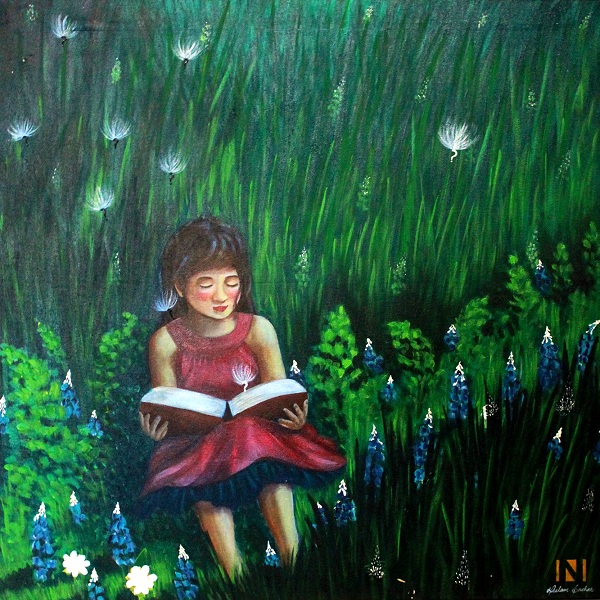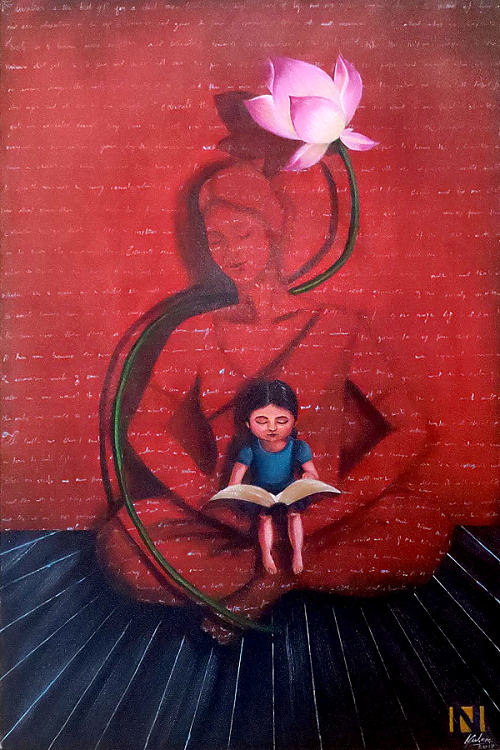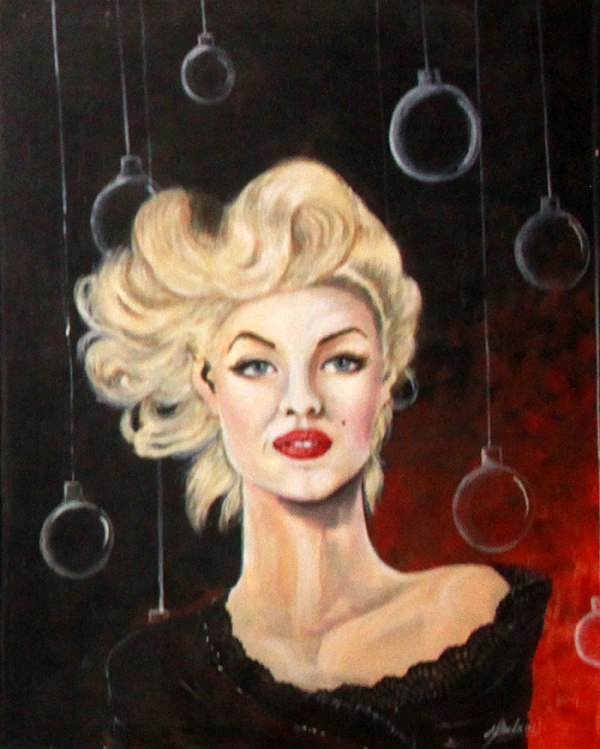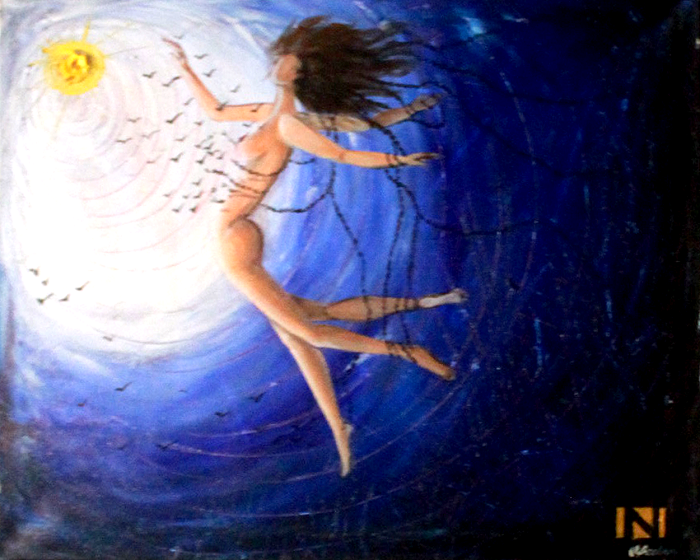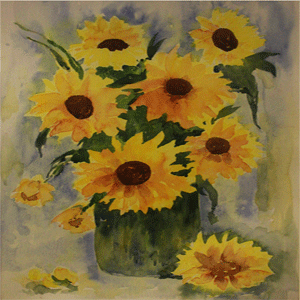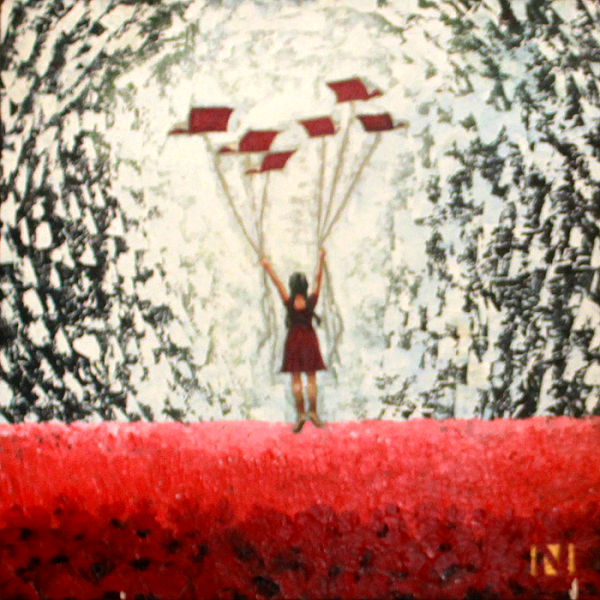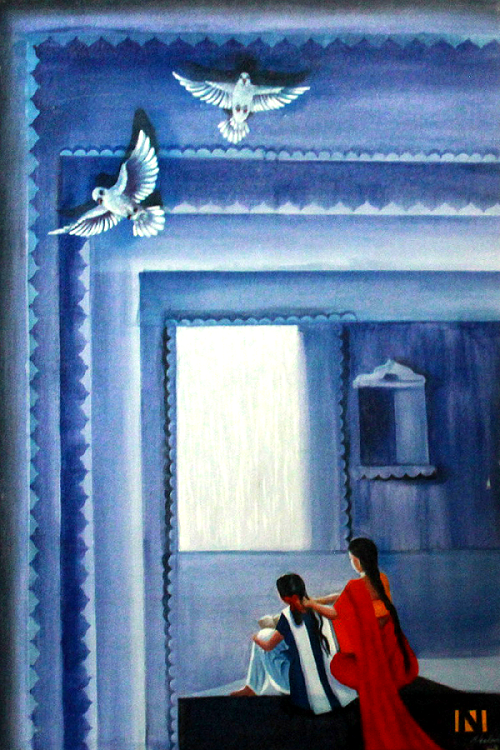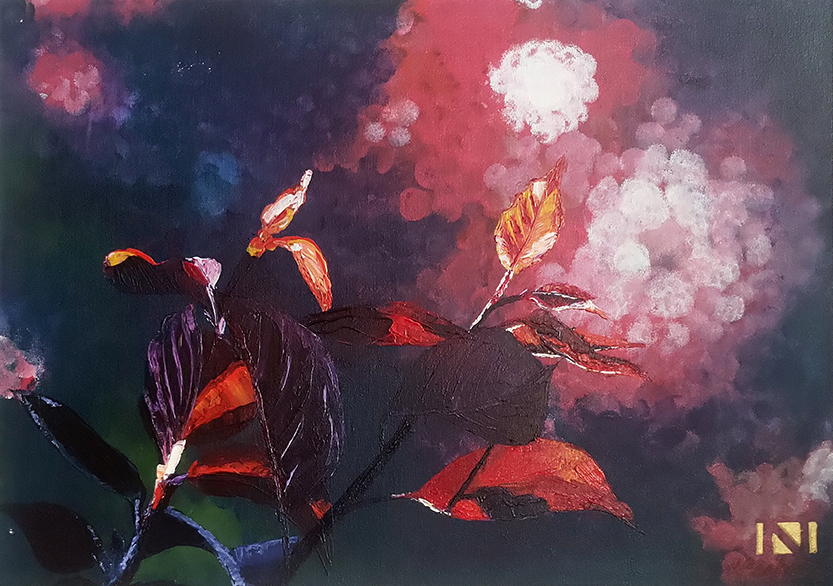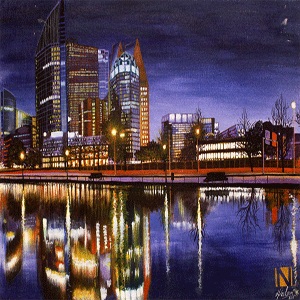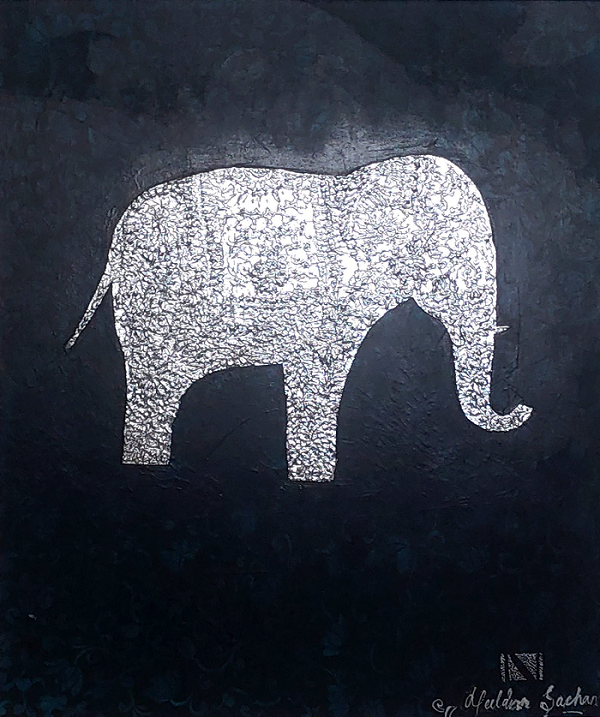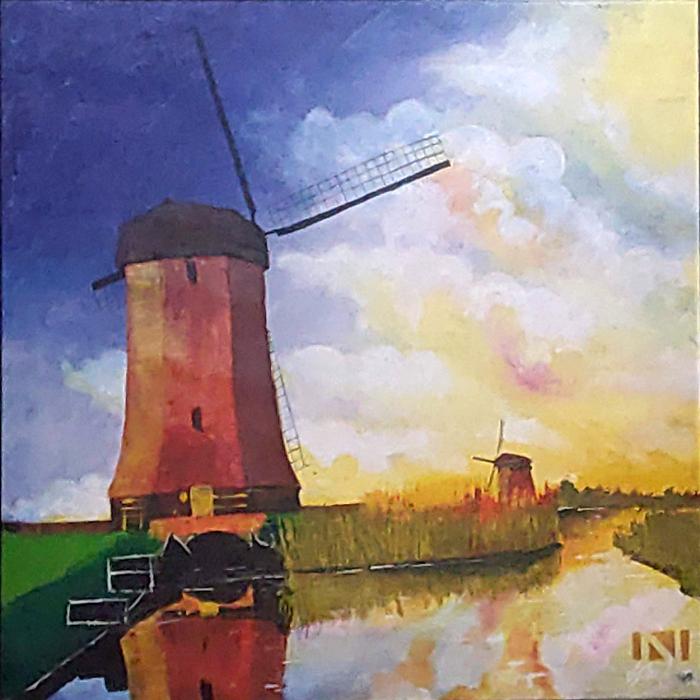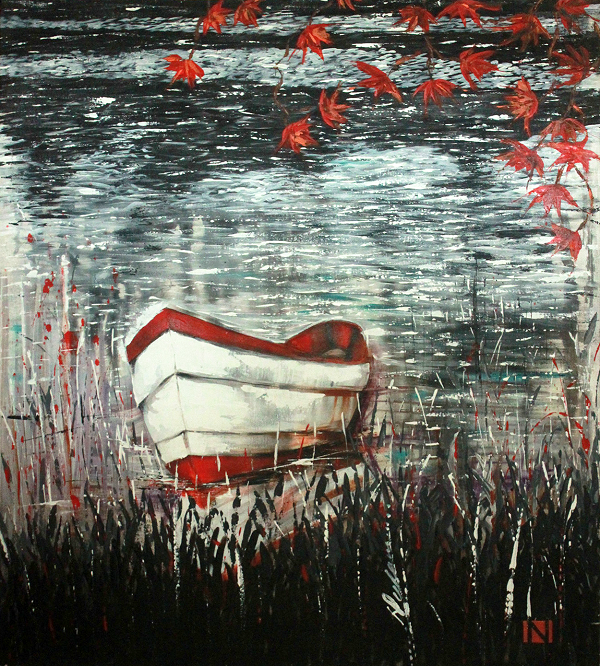Contemporary Art
-
Growing with Knowledge 2
₹32,000.00 ₹24,000.00 -
Growing with Knowledge 1
₹32,000.00 ₹24,000.00 -
Blonde Beauty
₹10,000.00 ₹8,000.00 -
Dancing Girl
₹10,000.00 ₹8,000.00 -
Sunflowers
₹10,000.00 ₹8,000.00 -
Liberation
₹18,000.00 ₹16,900.00 -
At Home
₹18,000.00 ₹14,900.00 -
The Light in nature
₹25,000.00 ₹21,900.00 -
Citiscape
₹32,000.00 ₹28,000.00 -
Silver Elephant
₹32,000.00 ₹28,000.00 -
Riverbank
₹32,000.00 ₹28,000.00 -
Boat by the shore
₹32,000.00 ₹28,000.00
Discover the vivid world of artistic expression with Delhi NCR's top online source for Contemporary Art Painting Online: Art Life Gallery. We reinvent the art experience by skillfully fusing the accessibility of an internet platform with the classic appeal of a gallery.
A carefully chosen selection of modern paintings by both recognized and up-and-coming artists is on display at Art Life Gallery, offering a wide variety of topics, styles, and media. With the convenience of their homes, art fans in Delhi NCR and beyond may peruse and purchase great artworks thanks to our online platform.
Explore a boundary-pushing dynamic mix of colors, shapes, and emotions. The diverse range of modern art is embraced by our gallery, which features both realistic and abstract depictions. Every artwork is deliberately chosen to provoke contemplation, feeling, and a deep bond between the creator and the observer.
Both artists and art enthusiasts are given priority at Art Life Gallery. We give artists a digital platform to present their work to a worldwide audience and give collectors an easy way to purchase artwork online. As a top art gallery in Delhi NCR, we are distinguished by our dedication to supporting creative variety and cultivating a vibrant artistic community.
The Art Life Gallery puts the gallery experience right at your fingertips, whether you're an interior designer, an art enthusiast, or just someone wanting to spruce up your place with some unique modern art.
Take a deep dive into the creative process, peruse our virtual gallery, and allow Art Life Gallery to serve as your portal to the fascinating world of modern art. Come see us online and let the artwork speak to you.








